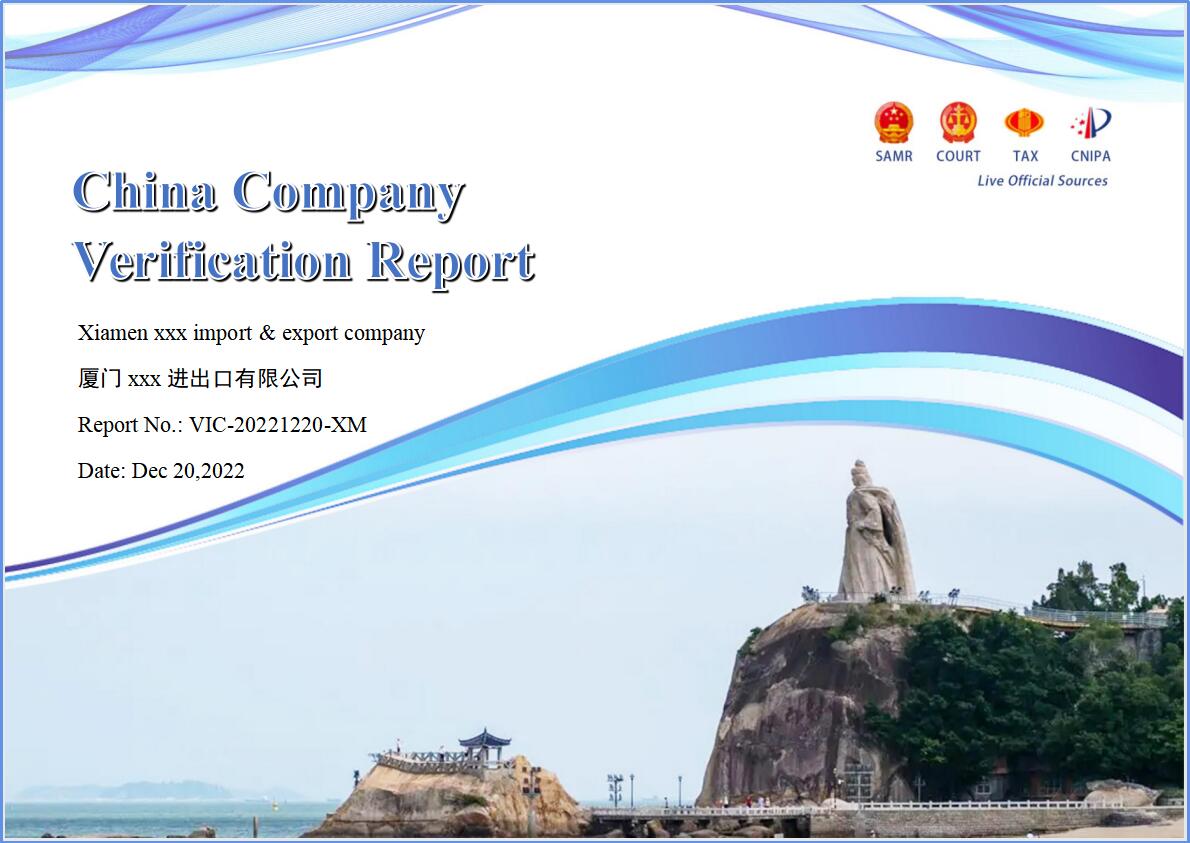Baixiang County, subordinate to Xingtai City, Hebei Province, is located in the south of Hebei Province, adjacent to Lincheng County in the west and Longyao County in the south. It covers a total area of 268 square kilometers. By the end of 2020, it has jurisdiction over 6 townships, 1 provincial economic development zone and 121 administrative villages. As of 0:00 on November 1, 2020, the permanent population of Baixiang County is 168761, accounting for 2.37% of the city's permanent population.
Baixiang County has convenient transportation and a long history. Beijing Kowloon Railway, Beijing Hong Kong Macao Expressway and National Highway 107 pass through the territory. It has a long history. In the Spring and Autumn Period, it was named as the Yi City. In the Western Han Dynasty, it was established as the Marquis of Baixiang. In the Eastern Han Dynasty, Emperor Guangwu Liu Xiu was proclaimed emperor here. In the Sui Dynasty, it was established as the Baixiang County, known as the "Huaiyang Fu Town" in history. There are thousand year old Han peonies, Yangshao cultural sites, ancient Yucheng sites, Qianqiu Pavilion sites, Zhao Mengfu's book "Jia Mu Chastity Stele" and other cultural relics and historic sites in the territory. Famous people such as Lv Zhaoxiong, a great disciple in the Ming Dynasty, Wei Yijie, a great minister in the early Qing Dynasty, and Li Shengsu, a famous Peking Opera artist emerged.
Baixiang is a traditional agricultural county with wheat, corn, soybean, cotton and other crops. Featured leading industries have formed three emerging industrial systems: machinery and equipment manufacturing, grain logistics and deep processing, and Han peony tourism.
In 2019, Baixiang County achieved a GDP of 4549.55 million yuan, the added value of the primary industry of 973.27 million yuan, and the added value of the secondary industry of 1892.94 million yuan.
Minimize the Risk and Scam
Within 2 Working Day
$ 135 USD
